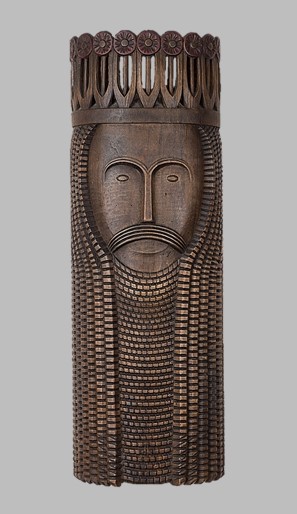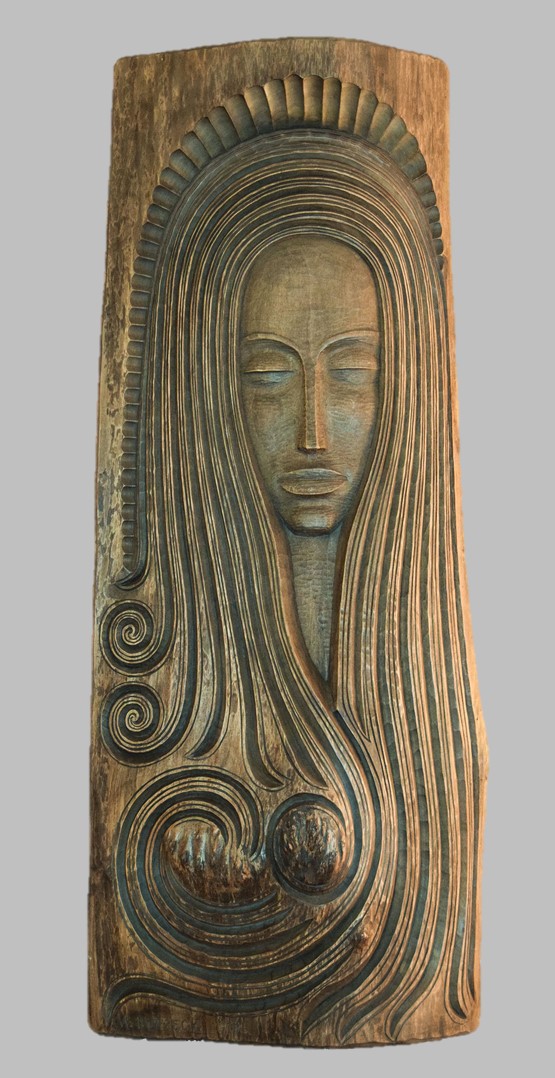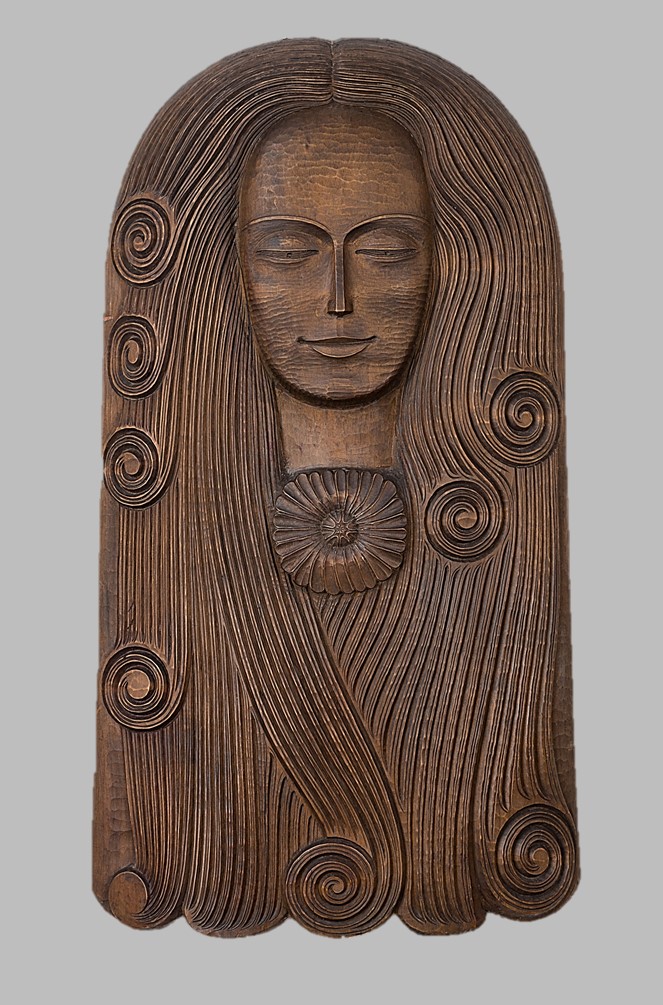


After a brief period of drawings and sketches on paper in the early phase of his artistic life, Władysław Borzęcki turned his full attention to a three-dimensional form of visual arts - sculpture, one of his most favourite artistic expressions being "portraits", specifically portraits in wood. For his sculptures, he mostly used different types of hardwood including linden, alder, beech, mahogany, oak, elm, and walnut.
The inspiration for his portraits in wood came from a variety of sources, one of them being the beautiful landscape, and nature in general, surrounding the artist as he was born and spent most of his life in one of the most picturesque regions of Poland - the Pieniny and Tatra mountains, famous for their breath-taking beauty. The portraits belonging to the Queen of the Pieniny Mountains series, illustrated below, often include subtle carvings of the Three Crowns peak (the main peak of the Pieniny mountains), usually incorporated into the Queen's crown - a jewel in the crown. Other sources of inspiration came from local legends (for instance, the legend about a highlander outlaw Janosik, Polish "Robin Hood"), Polish history, African art, and world mythology.
Many of Borzecki's portraits in wood represent faces. Often somewhat elongated, with small noses and narrow lips, devoid of smiles or facial expressions, they emanate stoic serenity. There is something truly majestic in them. Occasionally, they may bring to mind not real humans but icons or deities.
(Excerpt from Łukasz Gazur's essay about the artist included in WŁADYSŁAW BORZĘCKI - Artist who heard the call of wood, Bernardinum, Pelplin 2019, p. 20. English translation-Olga and Wojciech Kubińscy.)

|

|

|
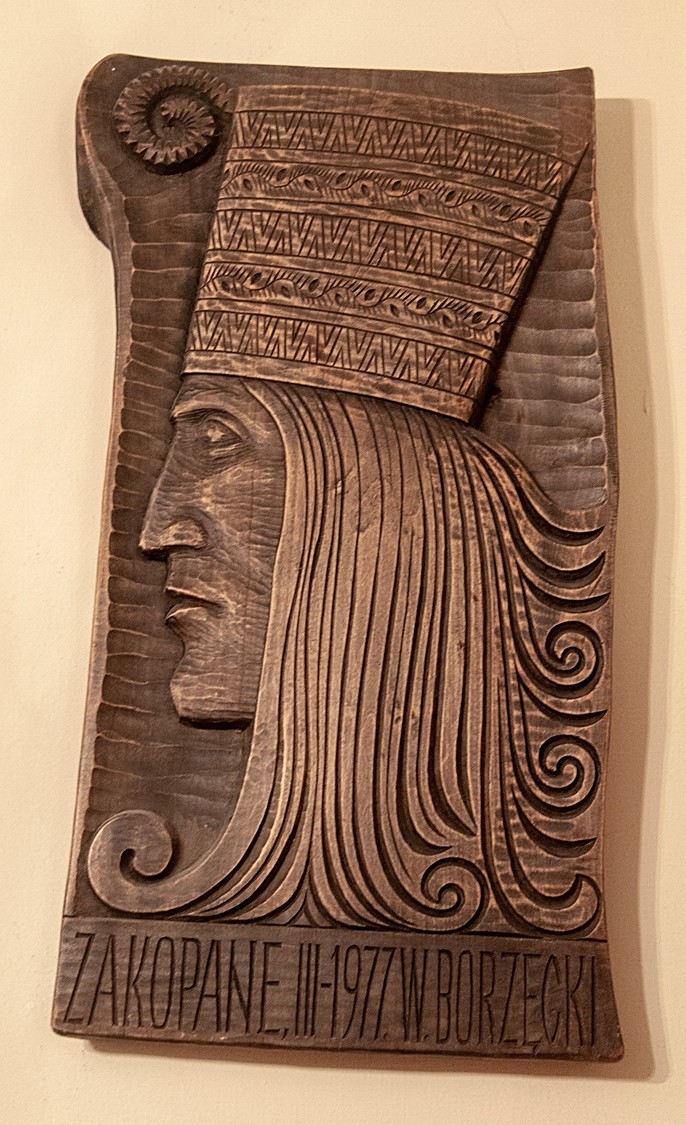
|
|

|

|
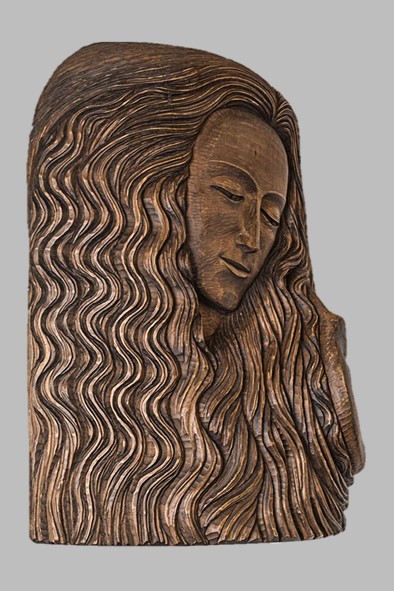
|
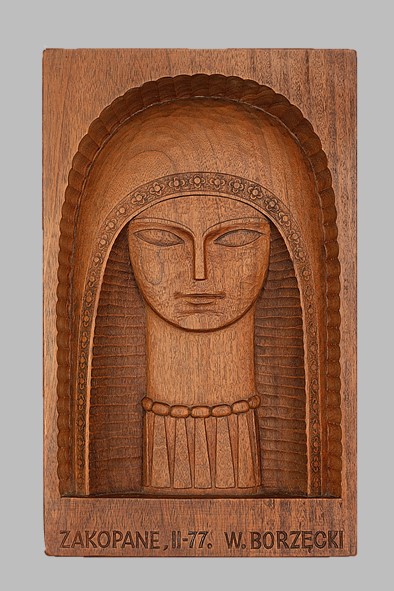
|
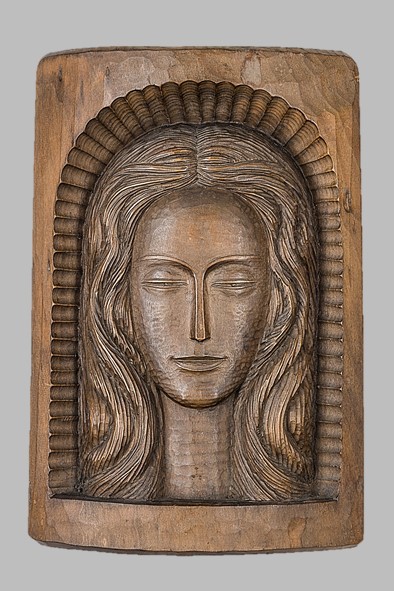
|
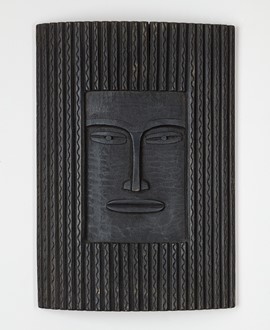
|

|
